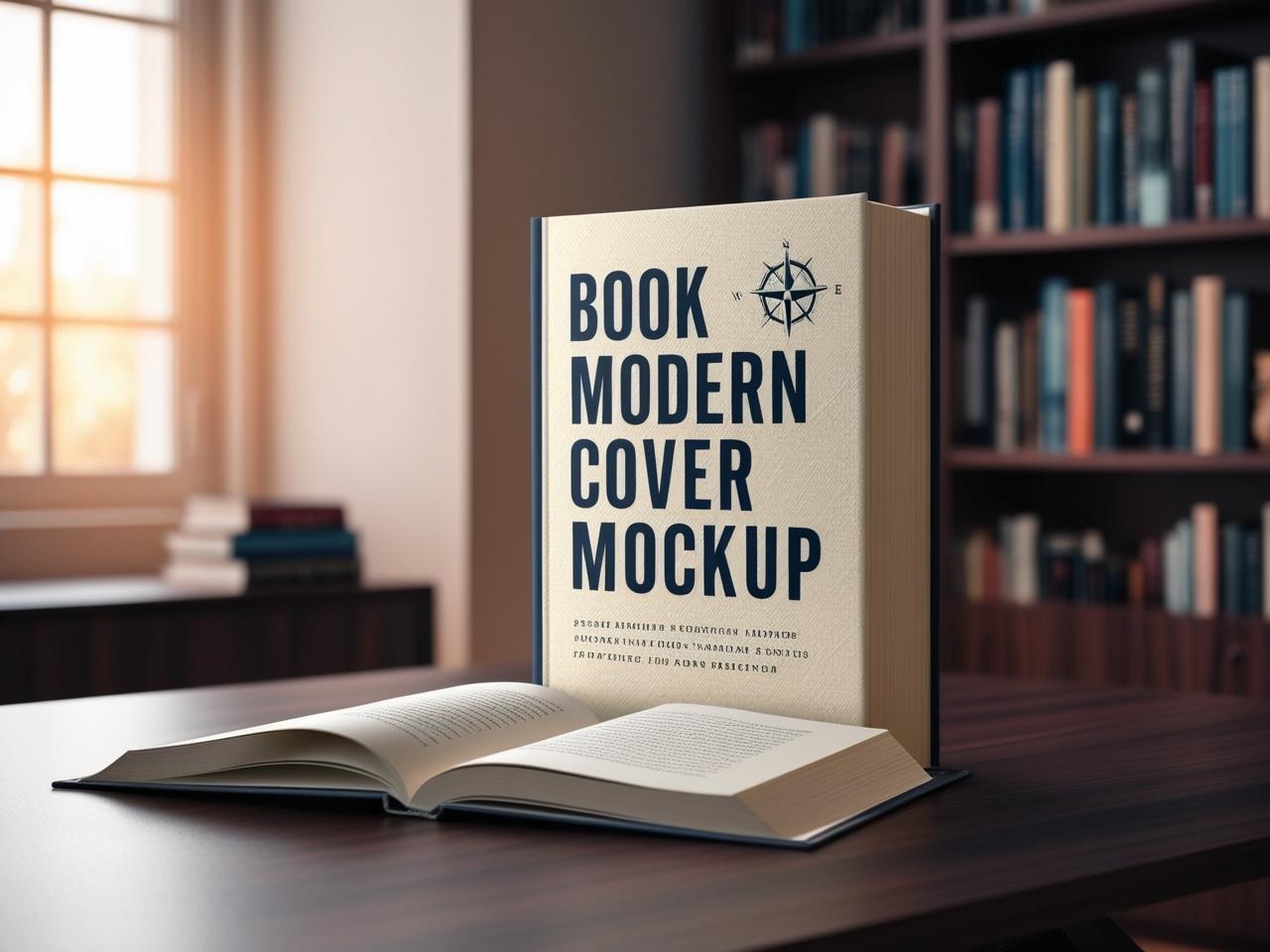Why a Book Cover Matters for Authors
Your book cover is the first thing potential readers notice. It serves as a visual hook, influencing whether someone picks up your book or scrolls past it. A professionally designed book cover can boost sales, attract your target audience, and establish your brand as an author. In this guide, we will explore book cover design tips, best book cover colors, and how to choose the right book cover designer to help your book stand out.
1. Understand Your Genre and Audience
Every book genre has specific cover design trends that appeal to readers. Using the right book cover elements can instantly communicate your book’s genre.
- Romance: Soft pastel colors, elegant fonts, and emotionally expressive imagery.
- Thriller & Mystery: Darker tones, bold typography, and suspenseful imagery.
- Science Fiction & Fantasy: Futuristic designs, vibrant colors, and fantasy landscapes.
- Self-Help & Business: Clean, minimalistic designs with bold titles.
🔹 Tip: Research best-selling books in your genre to understand what works in book cover trends.
2. Choose the Right Colors for Impact
Colors play a crucial role in how your book is perceived. Using effective book cover color psychology can enhance your book’s appeal.
- Red & Orange: Excitement, passion, and energy (great for thrillers and romance).
- Blue & Green: Trust, calmness, and nature (ideal for self-help and non-fiction).
- Black & Dark Colors: Mystery, suspense, and authority (perfect for crime and horror novels).
3. Pick the Right Typography
The best book cover fonts should be readable and match your book’s tone.
- Serif fonts (e.g., Times New Roman, Garamond): Traditional, professional, and best for historical fiction.
- Sans-serif fonts (e.g., Helvetica, Arial): Modern, clean, and great for business books.
- Script fonts (e.g., Pacifico, Great Vibes): Elegant, personal, and commonly used in romance novels.
🔹 Tip: Avoid using more than two fonts on your book cover to maintain a clean design.
4. Use High-Quality Images and Graphics
A high-resolution book cover ensures your book looks professional in both digital and print formats. Avoid blurry or generic stock images that do not reflect your story.
✔ Hire a book cover designer for custom illustrations.
✔ Use premium stock images for a polished look.
✔ Ensure your cover looks good in thumbnail size (important for Amazon Kindle & eBooks).
5. Work with a Professional Book Cover Designer
If you’re not a graphic designer, hiring a professional book cover designer can be a game-changer. Platforms like Fiverr, 99designs, and Upwork offer affordable options for custom book covers.
🔹 Tip: Always ask for multiple design drafts before finalizing your book cover.
6. Optimize for eBook and Print Formats
Your book cover should look great in both digital and print formats. Ensure that:
- The title and author name are readable at thumbnail size.
- The cover maintains its quality in both Amazon KDP and paperback formats.
- You create a spine and back cover for print editions.
7. Test Your Book Cover Before Publishing
Before finalizing your book cover, get feedback from your audience. You can:
✔ Conduct A/B testing by posting two cover versions on social media.
✔ Use author communities like Goodreads to get opinions from readers.
✔ Ask beta readers which design they prefer.
Conclusion
A well-designed book cover is your best marketing tool. It captures attention, tells your book’s story, and sets the right expectations for readers. By understanding book cover design trends, colors, fonts, and professional design tools, you can create a book cover that sells and attracts your ideal audience.

